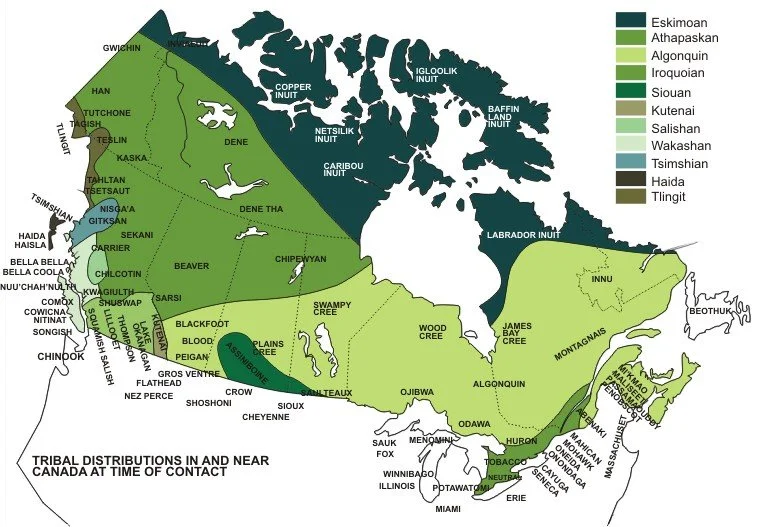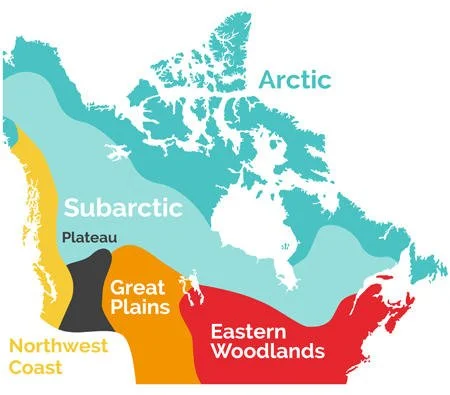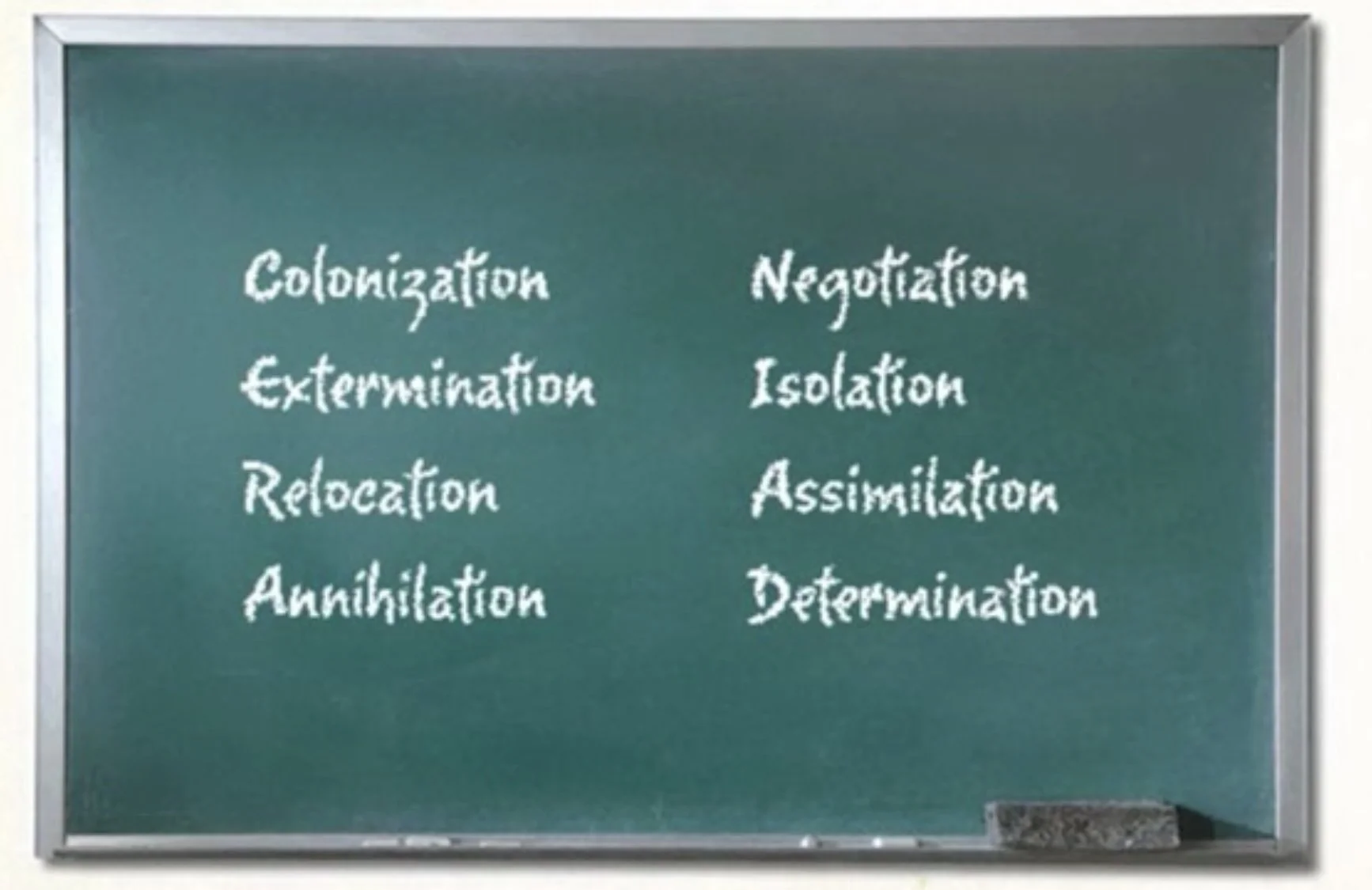In 2023, I took a short Udemy Course called, CANADIAN INDIGENOUS HISTORY AND CULTURAL SENSITIVITY. This blog will serve to house my notes, written reflections, and other resources I find online which relate to the various course topics.
Taught by Holly Fortier of Nisto Consulting, Fortier believes that First Canadians and other Canadians can get along. She described the importance of talking about our stories, culture, and diversity and understanding how that impacts how we listen to others: to see each other in new ways.
1.1. Pre-Contact
Fortier noted that it’s proper protocol to always recognize whose territory you are on in Canada. All of Canada is TRADITIONAL territory.
Canada > “KANATA” > “Our Home”
All FOOD, SHELTER, CLOTHING, TOOLS, TOYS, and MEDICINES CAME FROM THE LAND.
Fortier emphasized how Indigenous peoples were not primitive peoples, they were WELL ESTABLISHED, diverse, and sophisticated. They all had their own systems of GOVERNMENT, POLITICS, WARRIOR SOCIETIES, RELIGION, ARTS & SCIENCES, TECHNOLOGY, MEDICINE, and RECREATION.
FIGURE 1.1 > Map 1
Today, Fortier noted how there are 634 FIRST NATIONS across nation with 60 distinct language groups across Canada.
TURTLE ISLAND - North America
Fortier noted that there were no borders, and territories crossed all of what’s known as Turtle Island.
WEST COAST > Oceanlife;
ARTIC > Permafrost, heavy snowfalls, darkness or winter;
EAST COAST > similar to west coast with a split between fishing and hunting;
GREAT LAKES REGION > agricultural based, more permanent settlements/villages;
PLATEAU REGION > west of the Rocky Mountains (the backbone of Mother Earth) and their dwellings existed from the north to the south, into what we know today as the USA;
PLAINS REGION > an area where Nations followed the migration of the Buffalo, with huge camps, with sophisticated rules of governance for large communities;
WESTERN SUB-ARCTIC / CANADIAN SHIELD > an area where people travelled in small family groups via trails where dog teams helped to move people and supplies.
No borders on TURTLE ISLAND.
There is scientific evidence that First Nations have been living on and inhabiting TURTLE ISLAND for 30,000 years and maintained a very advanced, and sophisticated life.
FIGURE 1.2 > Map 2
Things changed upon the arrival of people who came from other countries… we must talk about this…
FIGURE 1.3 > Screenshot > Topics Associated with Contact
Figure 1.4 > Video > VillagersMediaTV. “Canadian Aboriginal History: Origins.” YouTube, 17 Apr 2009.
Figure 1.4 > Video > Bob Joseph. “First Nations Pre Contact History.” YouTube, 3 Jan 2013.
1.2. CONTACT
Wab Kinew introduces how Indigenous Peoples and Europeans got along - for a time things were based on a perception that things were fine at the start of the FUR TRADE. Kinew notes that this feeling was documented in WAMPUM BELTS like the one Kinew showed, which “…depicted two canoes travelling down river in parallel paths, neither one interfering with the other.”
FIGURE 1.6 > VIDEO > Historica Canada. “The Fur Trade in Canada: A Summary.” YouTube, 25 Feb 2022.


